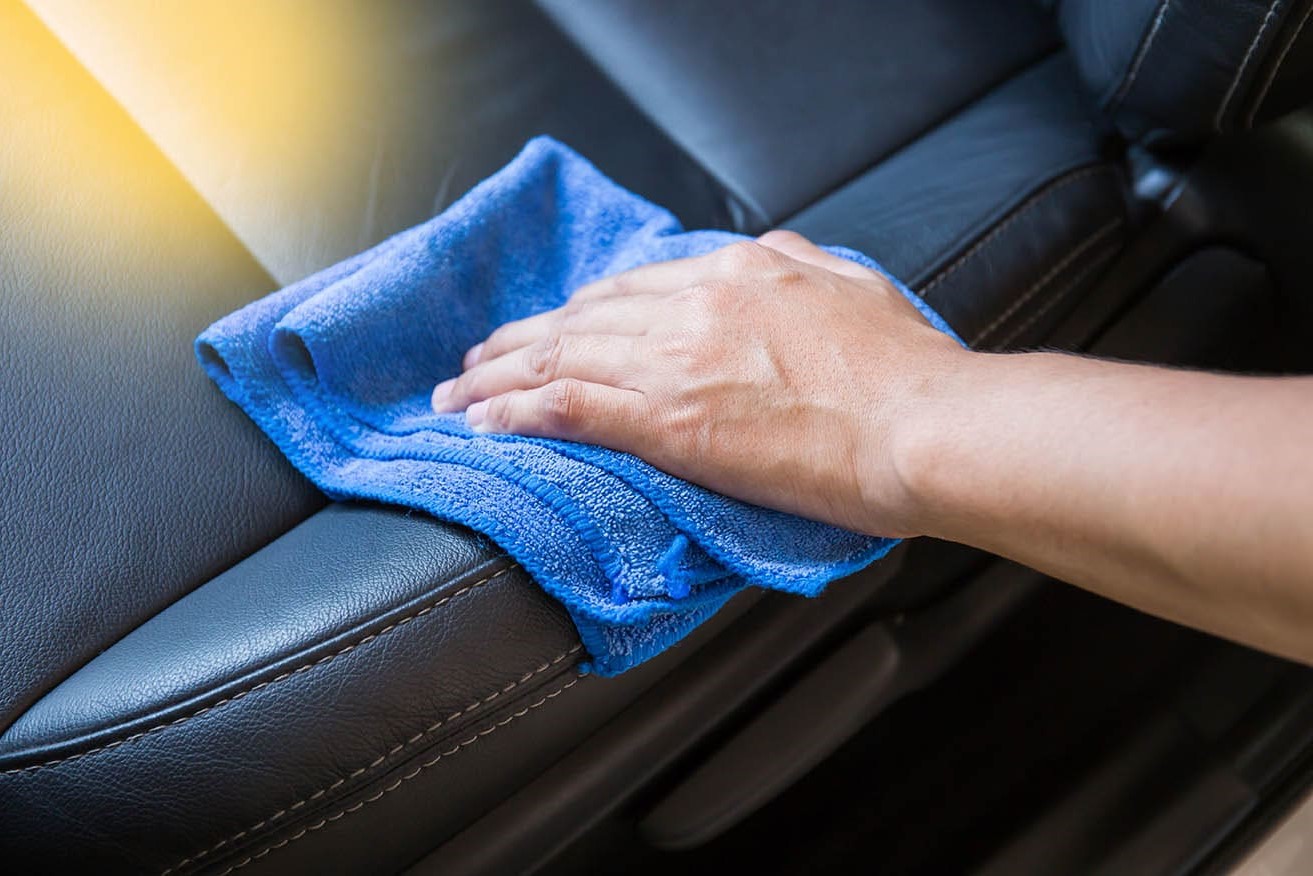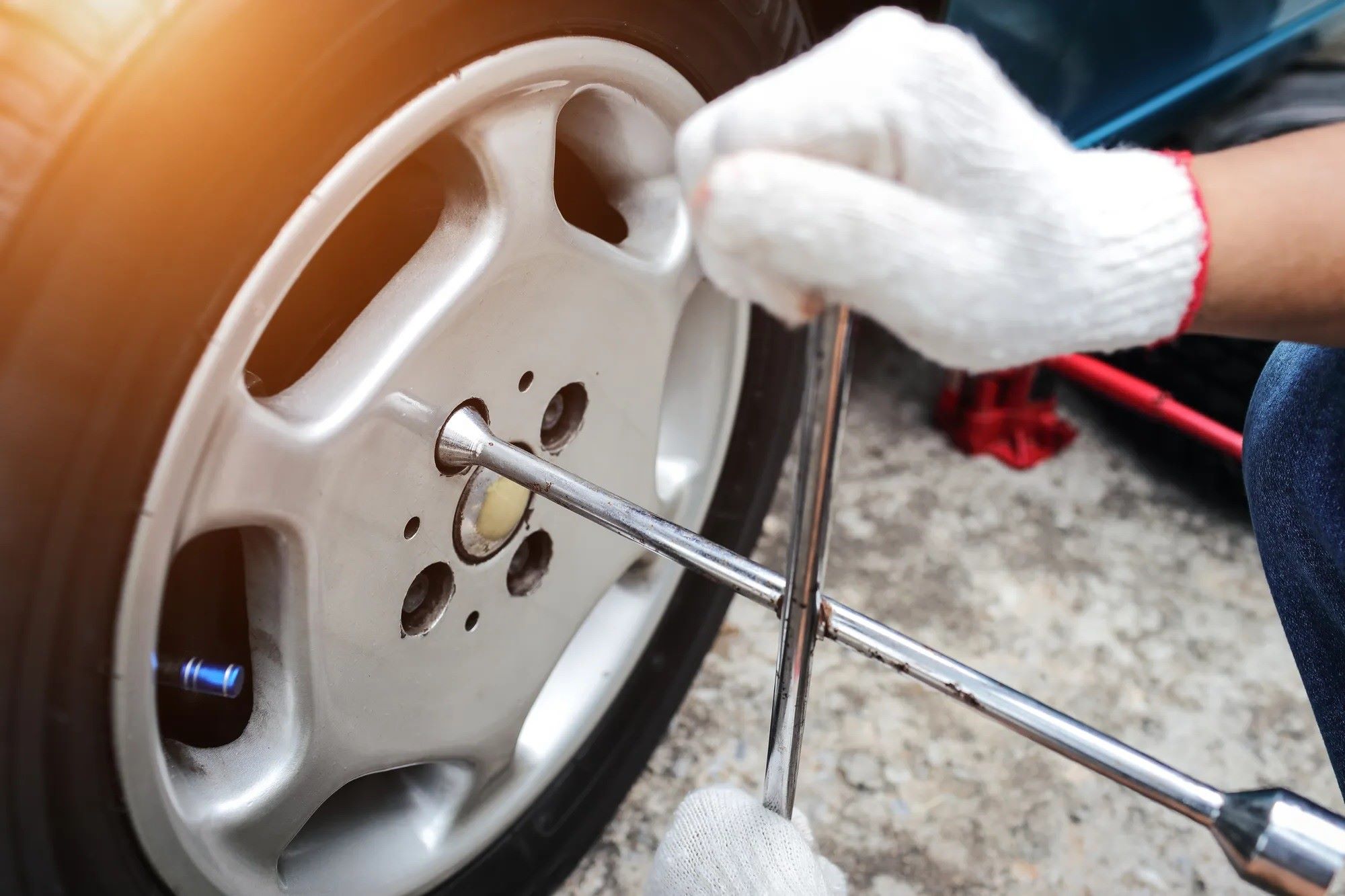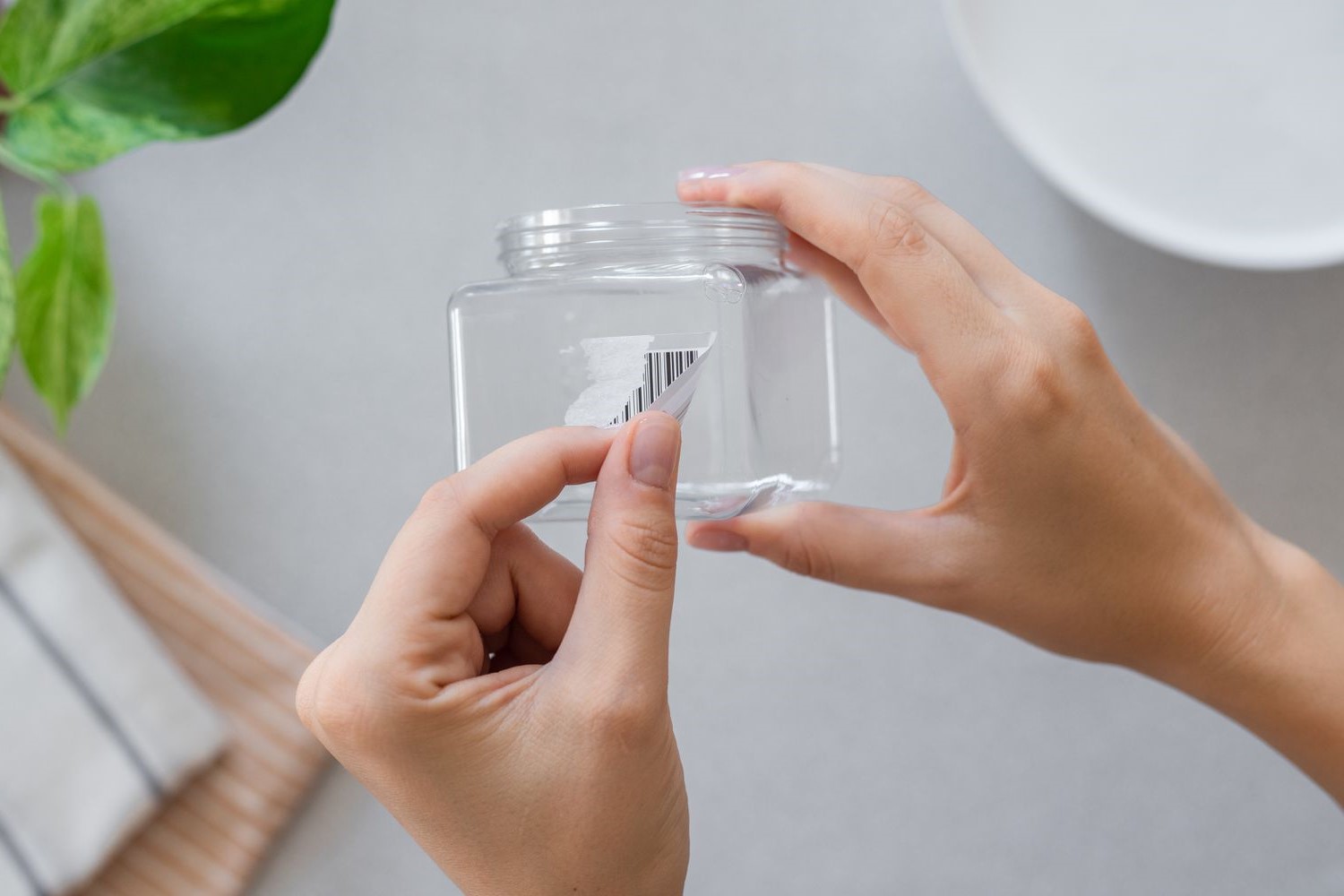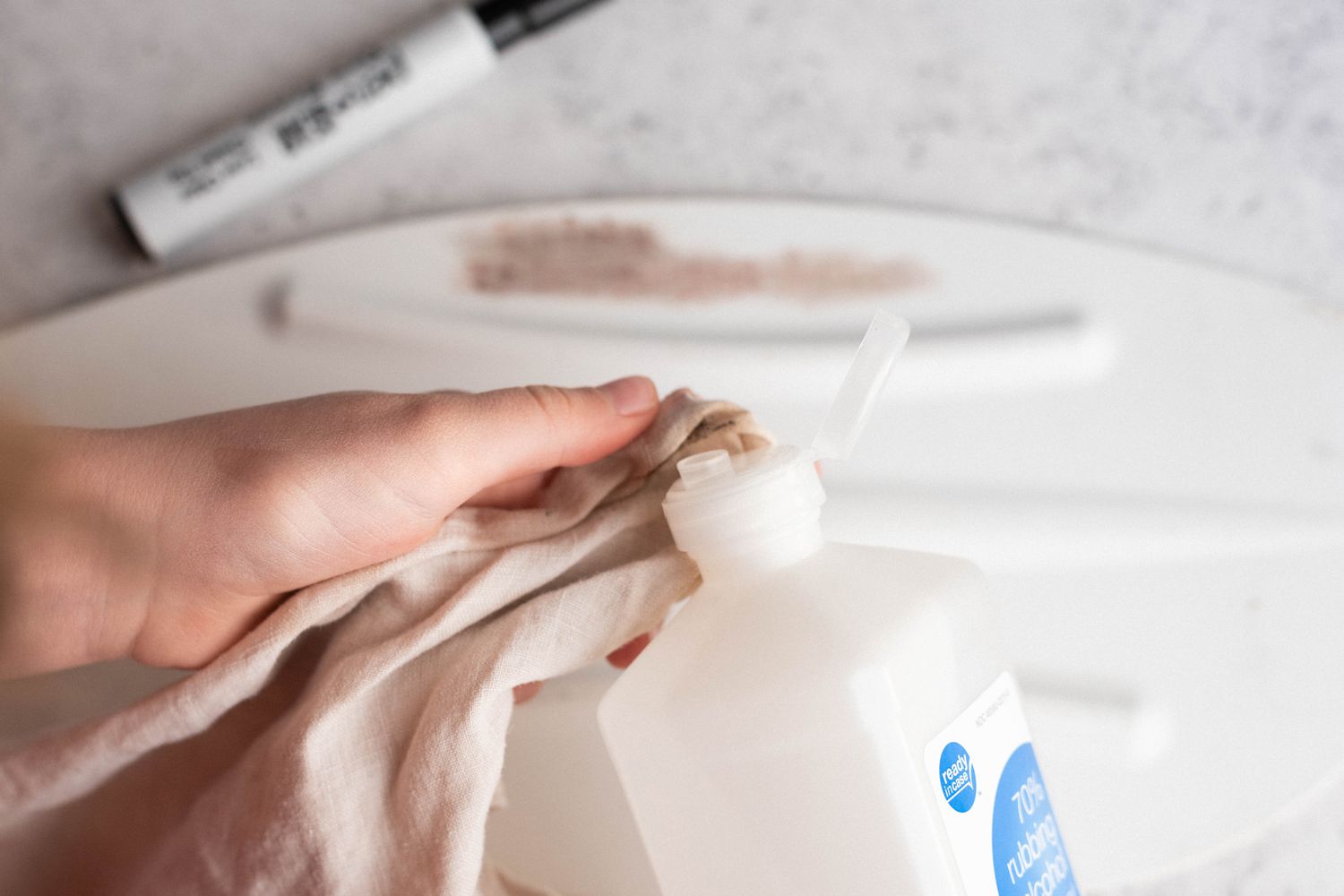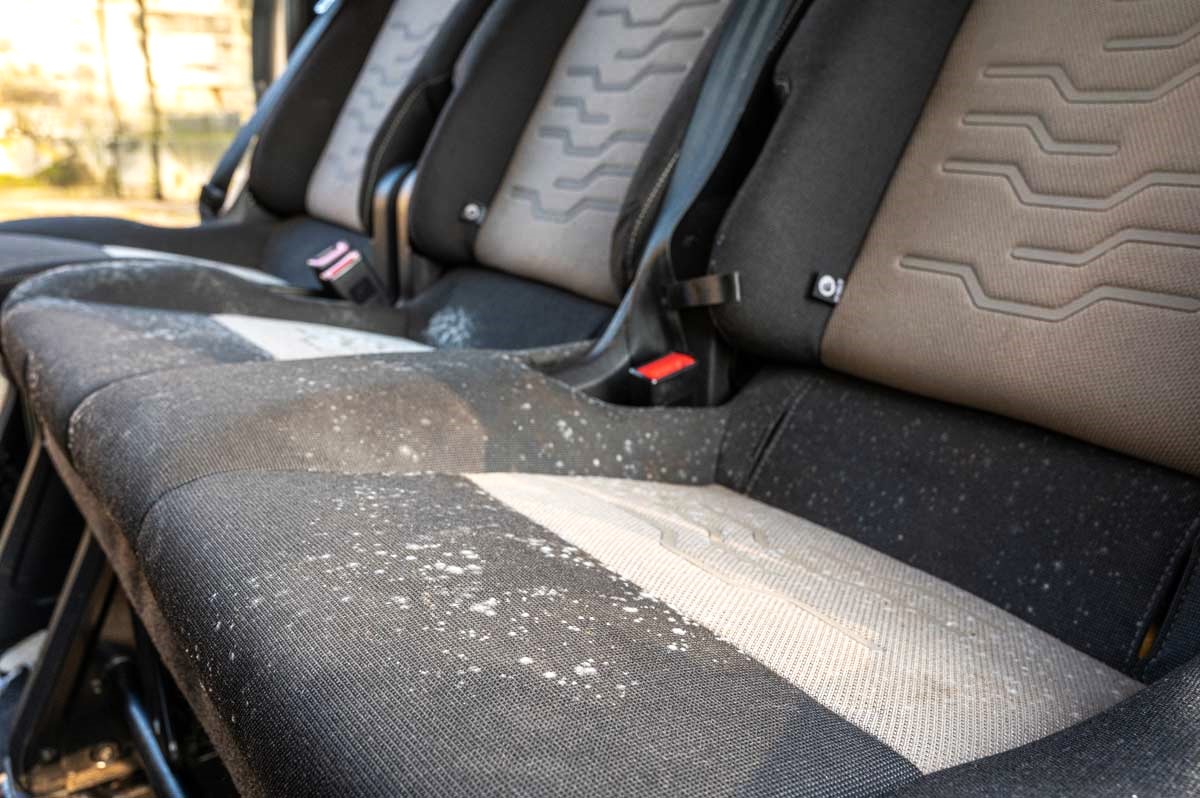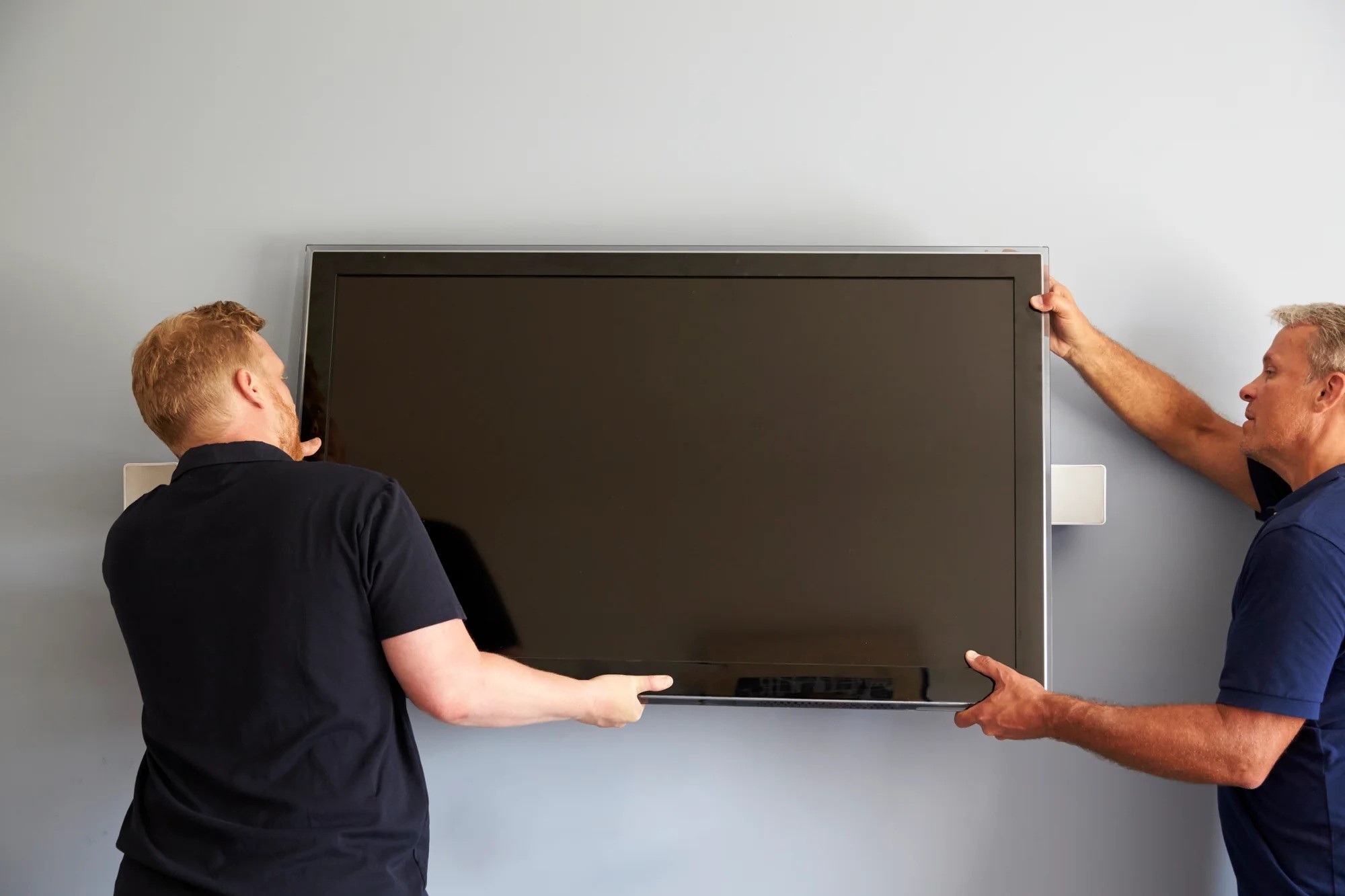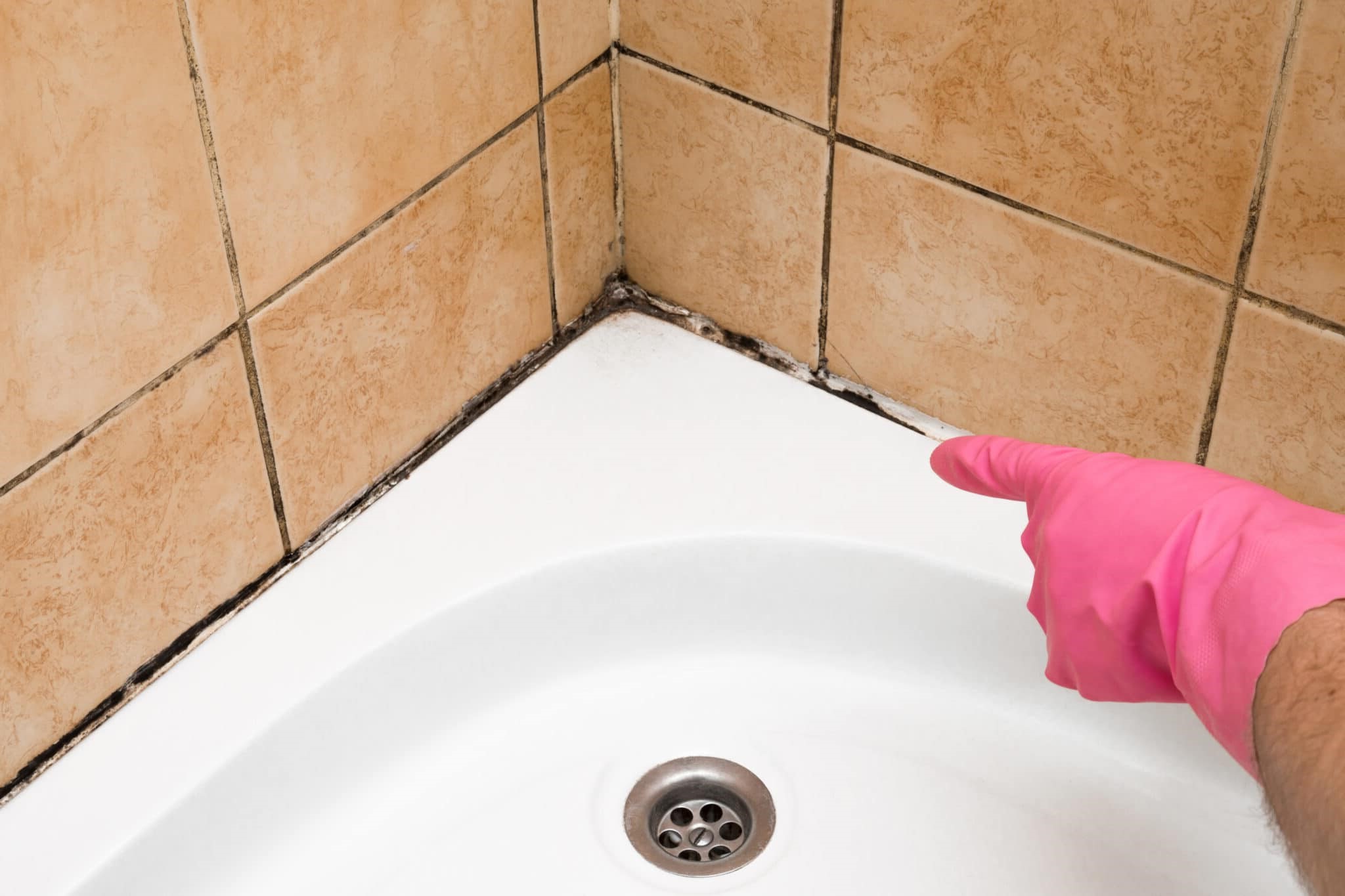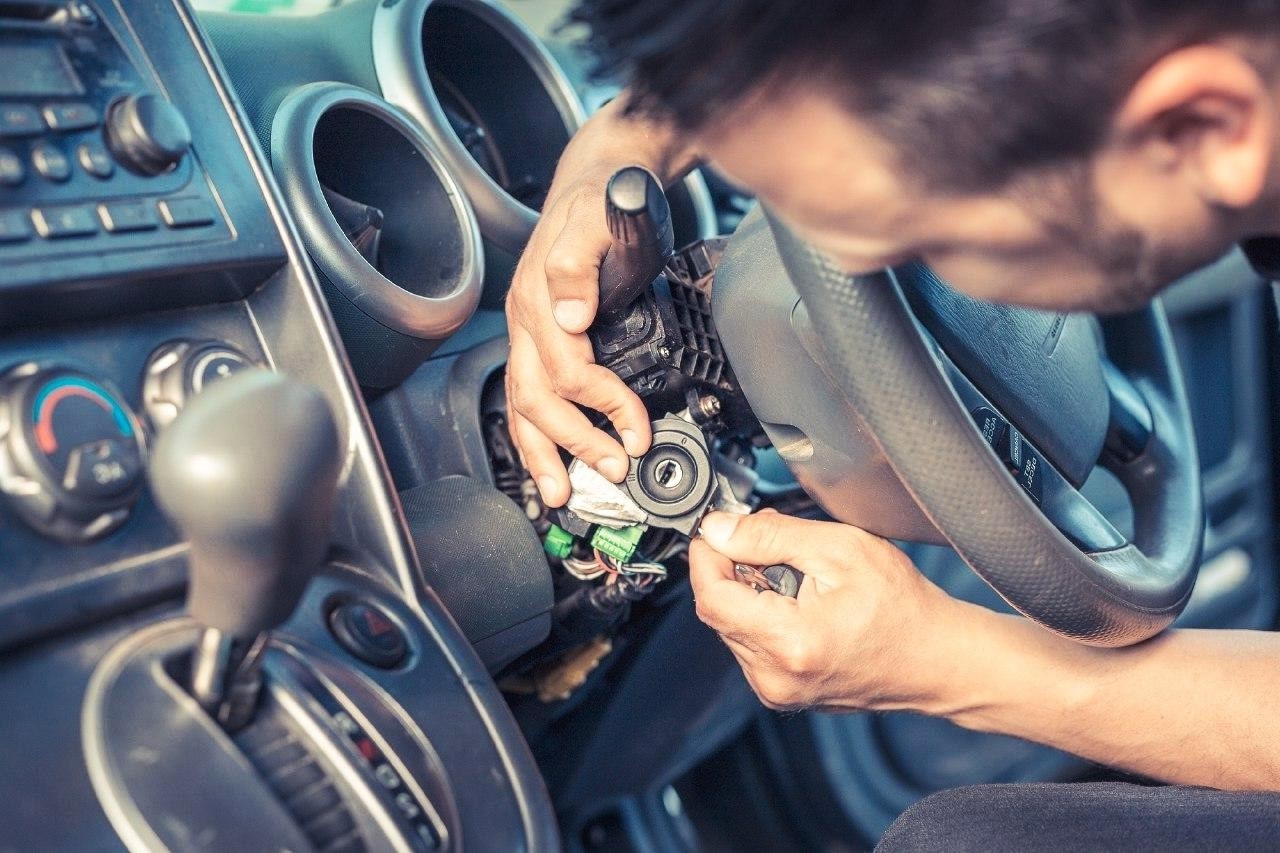Home>Automotive>How To Remove Water Spots From Car
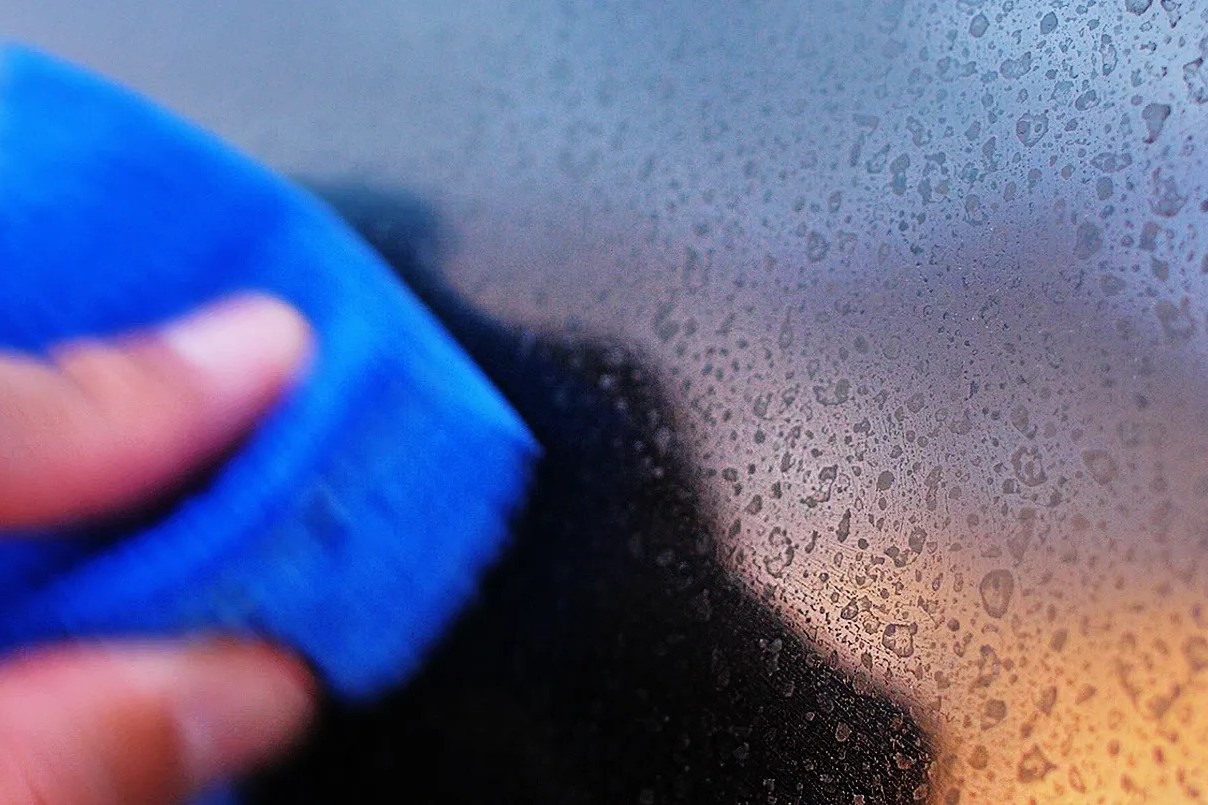

Automotive
How To Remove Water Spots From Car
Published: February 26, 2024
Learn effective methods for removing water spots from your car's surface. Discover expert tips and products to restore your automotive finish.
(Many of the links in this article redirect to a specific reviewed product. Your purchase of these products through affiliate links helps to generate commission for Noodls.com, at no extra cost. Learn more)
Table of Contents
Introduction
Water spots on a car can be a frustrating sight for any vehicle owner. These unsightly marks are often caused by mineral deposits left behind when water evaporates, and they can detract from the overall appearance of your vehicle. Whether you live in an area with hard water or have experienced heavy rain or dew, water spots can quickly accumulate and become a nuisance. However, fear not, as there are effective methods for removing water spots and restoring your car's shine.
In this article, we will delve into the various techniques for removing water spots from your car, providing you with valuable insights and practical solutions. From DIY remedies using household ingredients to specialized products designed for this specific purpose, we will explore the most effective approaches to tackle this common issue. Additionally, we will discuss preventive measures to help you minimize the recurrence of water spots and maintain the pristine condition of your vehicle.
So, if you've been troubled by the presence of water spots on your car and are eager to restore its luster, read on to discover the best ways to eliminate these blemishes and keep your vehicle looking its best.
Read more: How To Remove Sap From Car
Understanding Water Spots
Water spots on a car's surface are a common occurrence that can be attributed to the mineral content present in water. When water droplets land on a vehicle and subsequently evaporate, they leave behind mineral deposits, such as calcium and magnesium, which form unsightly spots. These mineral deposits are particularly prevalent in areas with hard water, where the water supply contains elevated levels of minerals.
The appearance of water spots can vary depending on the severity of the mineral deposits and the type of surface they adhere to. On glass surfaces, water spots often manifest as cloudy or hazy marks, while on the car's paintwork, they may appear as white, chalky stains. These blemishes not only compromise the visual appeal of the vehicle but can also etch into the paint if left unaddressed for an extended period.
Furthermore, environmental factors such as exposure to sunlight can exacerbate the visibility of water spots, making them more pronounced and challenging to remove. The heat from the sun can cause the water droplets to evaporate rapidly, leaving behind concentrated mineral deposits that adhere stubbornly to the car's surface.
It's important to note that water spots are not only an aesthetic concern but can also impact the longevity of the vehicle's paint and overall finish. If left untreated, the mineral deposits can etch into the clear coat, potentially leading to permanent damage that necessitates costly repairs.
Understanding the nature of water spots is crucial in determining the most effective methods for their removal. By gaining insight into the composition of these blemishes and the factors that contribute to their formation, car owners can make informed decisions when selecting the appropriate approach to restore their vehicle's pristine appearance.
Methods for Removing Water Spots
When it comes to removing water spots from your car, several effective methods can help restore its gleaming finish. Whether you prefer do-it-yourself solutions or specialized products, there are options to suit every preference and budget. Let's explore the most popular methods for eliminating water spots and rejuvenating your vehicle's appearance.
Using Vinegar and Water
One of the most widely recommended DIY remedies for water spot removal involves the use of vinegar and water. This simple yet effective solution harnesses the acidic properties of vinegar to dissolve mineral deposits and restore the affected surfaces. To create this mixture, combine equal parts of distilled white vinegar and water in a spray bottle. After thoroughly washing and drying the car, generously spray the vinegar solution onto the water spots, allowing it to dwell for a few minutes. Using a soft microfiber cloth, gently buff the affected areas in a circular motion, gradually lifting the water spots from the surface. Finally, rinse the treated areas with clean water and dry the car to reveal a spot-free finish.
Using a Water Spot Remover Product
For those seeking a more specialized approach, dedicated water spot remover products are available to effectively tackle stubborn blemishes. These products are formulated with powerful ingredients designed to dissolve mineral deposits without damaging the car's paint or clear coat. When using a water spot remover, it's essential to follow the manufacturer's instructions carefully to achieve optimal results. Typically, the process involves applying the product to the affected areas, allowing it to penetrate the water spots, and then gently buffing the surface to reveal a restored shine. With a wide range of water spot remover products on the market, car owners can choose a solution tailored to their specific needs and preferences.
Read more: How To Remove Dealer Sticker From Car
Using a Clay Bar
Another popular method for removing water spots involves the use of a clay bar, a versatile detailing tool that effectively lifts contaminants from the car's surface. Clay bars are designed to glide across the paintwork, picking up embedded particles, including mineral deposits, and leaving behind a smooth, clean finish. To use a clay bar for water spot removal, lubricate the affected areas with a suitable detailing spray or clay bar lubricant. Then, gently glide the clay bar over the water spots, allowing it to pick up the stubborn deposits. This method not only removes water spots but also helps to rejuvenate the overall smoothness and luster of the car's paintwork, providing a comprehensive detailing solution.
By employing these methods for removing water spots, car owners can effectively address this common issue and restore their vehicle's pristine appearance. Whether opting for DIY solutions using household ingredients or investing in specialized products and detailing tools, the key lies in taking proactive steps to eliminate water spots and maintain a flawless finish.
Using Vinegar and Water
One of the most widely recommended DIY remedies for removing water spots from a car involves the use of a simple yet powerful solution: vinegar and water. This method harnesses the acidic properties of vinegar to effectively dissolve mineral deposits and restore the affected surfaces to their original luster.
To create this homemade water spot remover, you will need equal parts of distilled white vinegar and water, which are readily available in most households. By combining these ingredients in a spray bottle, you can create a potent solution that is gentle on the car's surface yet highly effective in eliminating stubborn water spots.
The process begins with a thorough washing and drying of the vehicle to remove any surface debris and prepare it for treatment. Once the car is clean and dry, the vinegar and water solution can be generously sprayed onto the water spots, ensuring thorough coverage of the affected areas. Allowing the solution to dwell for a few minutes is crucial, as it provides ample time for the acidic properties of the vinegar to penetrate and dissolve the mineral deposits.
After the dwell time, a soft microfiber cloth is used to gently buff the affected areas in a circular motion. This gentle buffing action helps to lift the water spots from the surface, gradually revealing the underlying shine of the car's paintwork. It is important to exercise care and patience during this process, as excessive pressure or abrasive materials can potentially damage the paint or clear coat.
Following the buffing process, rinsing the treated areas with clean water is essential to remove any residual vinegar solution and dissolved mineral deposits. Once rinsed, the car can be dried using a clean, soft cloth or microfiber towel, allowing the spot-free finish to emerge.
The vinegar and water method for removing water spots offers a cost-effective and environmentally friendly solution that can be easily implemented by car owners. By leveraging the natural acidic properties of vinegar, this DIY remedy provides an efficient means of restoring the vehicle's appearance without the need for specialized products or equipment.
In addition to its effectiveness in removing water spots, the vinegar and water solution is versatile and can be used for various cleaning and detailing tasks, making it a valuable addition to any car owner's maintenance arsenal. With its accessibility and proven efficacy, this method exemplifies the practicality and ingenuity of DIY solutions for maintaining the beauty and integrity of your vehicle.
Using a Water Spot Remover Product
When it comes to addressing stubborn water spots on your car, utilizing a dedicated water spot remover product can offer a targeted and effective solution. These specialized products are specifically formulated to dissolve mineral deposits and eliminate water spots without causing harm to the vehicle's paint or clear coat. By leveraging the potent ingredients and advanced formulations found in these products, car owners can achieve remarkable results in restoring the pristine appearance of their vehicles.
The process of using a water spot remover product typically begins with identifying the affected areas and ensuring that the car's surface is clean and dry. It is essential to follow the manufacturer's instructions provided with the specific product, as application methods and dwell times may vary based on the formulation and intended use.
Once the car is prepared for treatment, the water spot remover product is applied to the affected areas, either through spraying or using a suitable applicator. The product is designed to penetrate the water spots, effectively breaking down the mineral deposits and preparing them for removal. During the dwell time specified by the manufacturer, the active ingredients in the remover product work to dissolve the stubborn blemishes, facilitating their easy removal from the car's surface.
After the dwell time has elapsed, the next step involves gently buffing the treated areas with a soft microfiber cloth or detailing pad. This careful buffing action helps to lift the dissolved mineral deposits and reveal the restored shine of the car's paintwork. It is crucial to exercise patience and avoid applying excessive pressure during this process to prevent any potential damage to the vehicle's finish.
Following the buffing process, the treated areas may be rinsed with clean water to remove any residual product and dissolved mineral deposits. This final step ensures that the car's surface is thoroughly cleansed and ready to showcase its renewed brilliance.
By utilizing a water spot remover product, car owners can benefit from a targeted and efficient approach to eliminating water spots and rejuvenating their vehicle's appearance. These specialized products offer a convenient and reliable solution, particularly for persistent or widespread water spots that may be challenging to address with DIY remedies alone.
With a diverse range of water spot remover products available in the market, car owners can select a formulation that aligns with their specific needs and preferences, whether it be for general maintenance or tackling stubborn water spots. The use of these dedicated products exemplifies the commitment to preserving the beauty and integrity of your vehicle, providing a tailored solution for achieving a flawless finish.
Using a Clay Bar
When it comes to achieving a thorough and comprehensive solution for removing water spots from your car, utilizing a clay bar can offer remarkable results. A clay bar is a versatile detailing tool designed to effectively lift contaminants from the surface of the vehicle, including stubborn mineral deposits that contribute to water spots. This method not only targets the visible blemishes but also helps to rejuvenate the overall smoothness and luster of the car's paintwork, providing a comprehensive detailing solution.
The process of using a clay bar for water spot removal begins with ensuring that the car's surface is clean and free from any loose debris. This initial step is crucial in preparing the vehicle for the clay bar treatment, as it allows for optimal contact between the clay bar and the affected areas. Additionally, it helps to prevent any abrasive particles from causing damage during the clay bar application.
To facilitate the use of a clay bar, it is essential to lubricate the affected areas with a suitable detailing spray or clay bar lubricant. This lubrication serves to reduce friction and allows the clay bar to glide smoothly across the surface, effectively picking up embedded contaminants, including mineral deposits left behind by water spots. By providing a lubricated barrier between the clay bar and the car's paintwork, this step ensures a gentle and controlled interaction, minimizing the risk of scratching or marring the surface.
Once the affected areas are adequately lubricated, the clay bar is gently maneuvered across the surface in a back-and-forth motion. The clay bar's pliable and adhesive nature enables it to pick up the stubborn mineral deposits, gradually lifting them from the car's paintwork. This process effectively removes the embedded contaminants, revealing a smoother and cleaner surface beneath.
As the clay bar treatment progresses, it is important to periodically inspect the clay bar for accumulated contaminants. This visual check allows for the timely replacement or reconditioning of the clay bar to maintain its effectiveness throughout the process. By ensuring that the clay bar remains free from debris, car owners can achieve consistent and thorough results in removing water spots and revitalizing the vehicle's appearance.
Following the clay bar treatment, the treated areas may be rinsed with clean water to remove any residual lubricant and dislodged mineral deposits. This final step helps to ensure that the car's surface is thoroughly cleansed and ready to showcase its renewed brilliance. Additionally, drying the vehicle with a clean, soft cloth or microfiber towel can further enhance the visual impact of the clay bar treatment, revealing a spot-free and lustrous finish.
By incorporating the use of a clay bar into the water spot removal process, car owners can benefit from a meticulous and detail-oriented approach that addresses both the visible blemishes and the overall condition of the vehicle's paintwork. This method exemplifies the commitment to achieving a flawless finish and preserving the beauty and integrity of your car, showcasing the transformative power of professional-grade detailing tools in maintaining a pristine appearance.
Read more: How To Remove Stickers From Car
Preventing Water Spots
Preventing water spots on your car is essential for maintaining its pristine appearance and safeguarding the integrity of the paintwork. By implementing proactive measures and adopting a diligent approach to car care, you can minimize the occurrence of water spots and preserve the luster of your vehicle. Here are some effective strategies to prevent water spots and uphold the visual appeal of your car:
Regular Washing and Drying
Frequent washing and thorough drying of your car are fundamental in preventing water spots. By promptly removing dirt, grime, and environmental contaminants, you can mitigate the likelihood of mineral deposits accumulating on the surface. Utilize a high-quality car wash shampoo and a soft microfiber wash mitt to gently cleanse the vehicle, ensuring that all areas are meticulously attended to. Following the wash, thorough drying with a clean microfiber towel or chamois helps to prevent water spots from forming as the vehicle dries naturally.
Controlled Water Application
When washing your car, exercising control over water application can significantly reduce the risk of water spots. Using a gentle stream of water from a hose or pressure washer, as opposed to allowing water to cascade freely over the surface, minimizes the potential for mineral deposits to adhere to the paintwork. Additionally, directing water away from direct sunlight or hot surfaces can prevent rapid evaporation, reducing the likelihood of water spots forming.
Protective Coatings and Sealants
Applying protective coatings and sealants to your car's exterior can create a barrier against water spots and environmental contaminants. Waxing the vehicle at regular intervals or utilizing advanced ceramic coatings helps to enhance the surface's hydrophobic properties, allowing water to bead and slide off effortlessly. These protective treatments not only contribute to a brilliant shine but also offer long-lasting defense against water spots and mineral buildup.
Read more: How To Remove Mold From Leather
Spot-Free Rinse
Incorporating a spot-free rinse into your car washing routine can be instrumental in preventing water spots. Utilizing a filtered water source or a deionizing system helps to eliminate mineral content from the water, reducing the likelihood of mineral deposits being left behind as the vehicle dries. This final rinse step ensures that the car's surface is left clean and free from the impurities that contribute to water spots.
Strategic Parking and Storage
Choosing strategic parking and storage locations can help minimize exposure to environmental factors that contribute to water spots. Whenever possible, park your car in shaded or covered areas to reduce prolonged exposure to sunlight and minimize the impact of water droplets evaporating on the surface. Additionally, storing the vehicle in a clean and dry environment can help preserve its appearance and reduce the risk of water spot formation.
By incorporating these preventive measures into your car care routine, you can effectively minimize the occurrence of water spots and uphold the impeccable appearance of your vehicle. Taking proactive steps to prevent water spots not only enhances the visual appeal of your car but also contributes to the long-term preservation of its paintwork and finish.
Conclusion
In conclusion, the presence of water spots on a car's surface can be a persistent source of frustration for vehicle owners, detracting from the overall aesthetic appeal and potentially compromising the integrity of the paintwork. However, armed with the knowledge and effective methods for water spot removal, car owners can confidently address this common issue and restore their vehicles to a pristine condition.
Understanding the nature of water spots, including their formation and impact, is crucial in devising a targeted approach to their removal. Whether caused by mineral deposits in hard water or environmental factors such as sunlight and rapid evaporation, water spots can leave unsightly blemishes that require prompt attention.
The methods for removing water spots, ranging from DIY remedies using household ingredients to specialized products and detailing tools, offer a spectrum of options to suit diverse preferences and requirements. The utilization of vinegar and water presents a cost-effective and environmentally friendly solution, harnessing the natural acidic properties of vinegar to dissolve mineral deposits and rejuvenate the car's appearance. Additionally, the use of dedicated water spot remover products and clay bars provides targeted and efficient means of eliminating stubborn blemishes, showcasing the versatility and efficacy of professional-grade solutions.
Furthermore, the implementation of preventive measures, such as regular washing and drying, controlled water application, protective coatings, spot-free rinses, and strategic parking and storage, serves as a proactive strategy to minimize the occurrence of water spots and uphold the visual allure of the vehicle. By integrating these preventive measures into their car care routine, owners can safeguard their vehicles against the detrimental effects of water spots and maintain a flawless finish.
Ultimately, the comprehensive approach to water spot removal and prevention underscores the commitment to preserving the beauty and integrity of one's vehicle. Whether opting for DIY remedies or leveraging specialized products and techniques, car owners can take proactive steps to eliminate water spots and uphold the pristine appearance of their cars.
By embracing the insights and strategies outlined in this article, car owners can navigate the challenge of water spots with confidence, ensuring that their vehicles consistently exude a radiant and unblemished allure. With a combination of effective removal methods and preventive measures, the battle against water spots can be won, allowing car owners to revel in the enduring splendor of their cherished vehicles.


